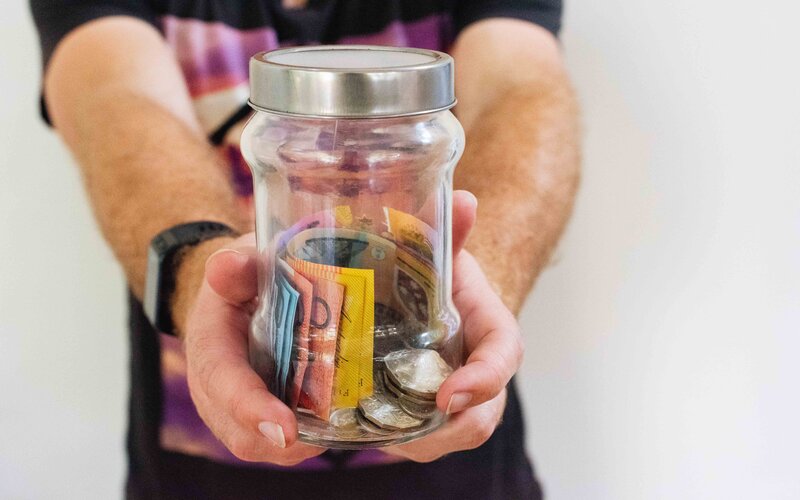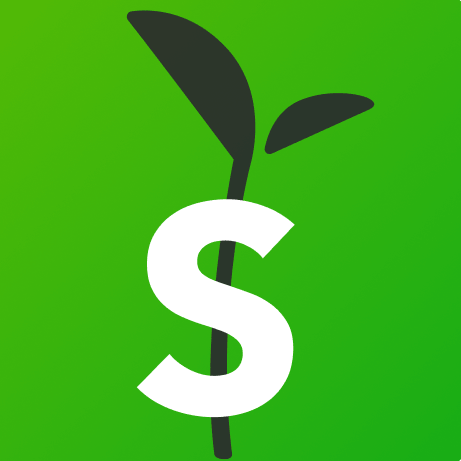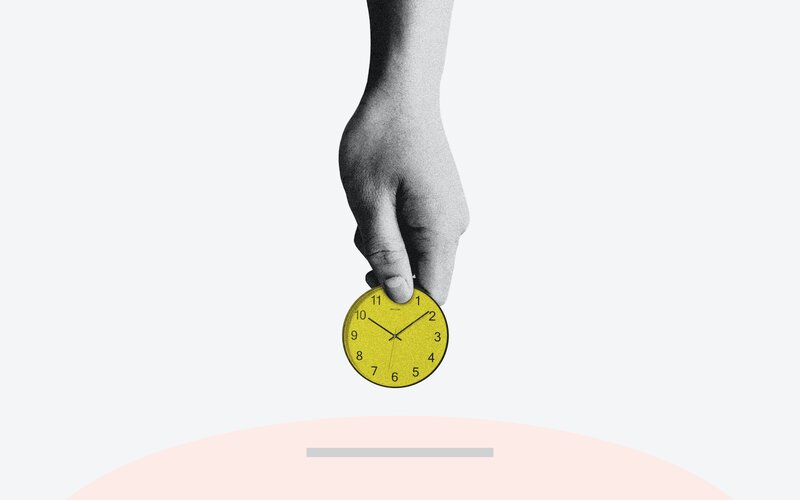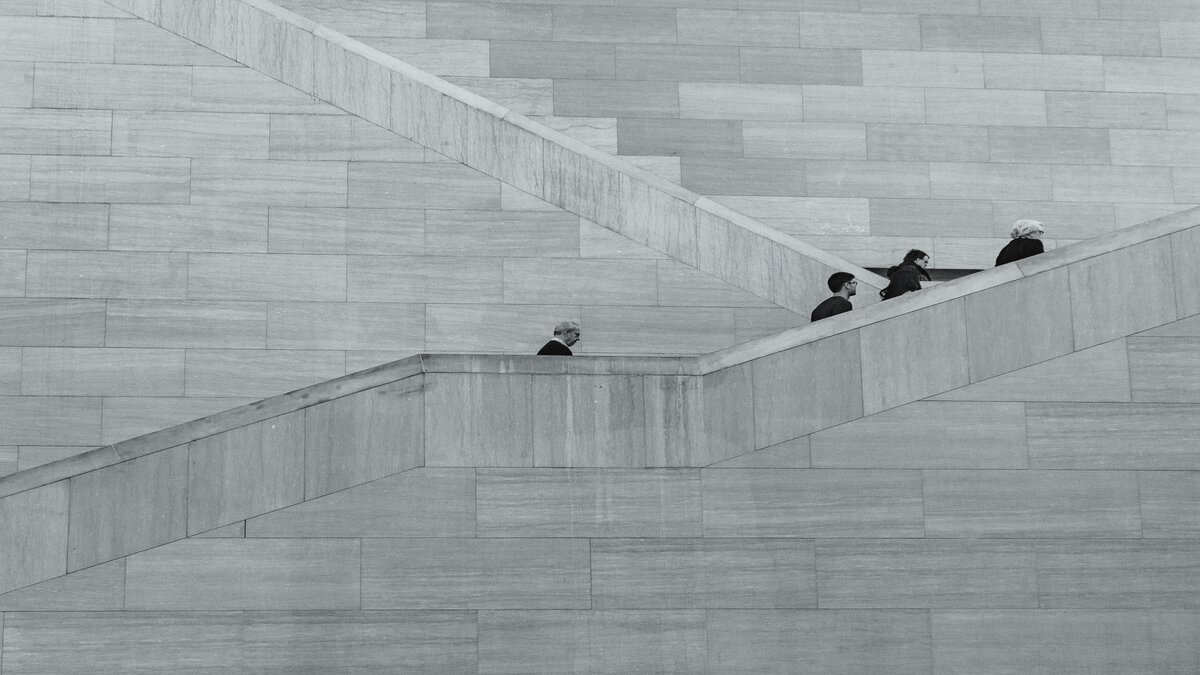This rate is available on deposits starting at $25,000 or $5,000 for existing customers, with interest paid at maturity.
Interested customers can apply online, except those depositing over $1,000,000, who need to complete an additional form to get approval.
Heartland is now the outright market leader for six month term deposits, moving 5 basis points clear of Bank of Sydney and Judo (both 5.25% p.a).
However, Bank of Sydney and Judo offer deposits starting at $1,000, so might still be the highest available return for those working with a smaller budget.
The bank formerly known as Challenger was acquired by the New Zealand based Heartland Group at the end of April, and has continued to lead the way for TDs under the new trading name.
One of the mission statements of Heartland Group is to provide products that are the best or only ones of their kind, and so far the new outfit looks to be meeting these expectations.
Heartland also offers a market leading rate on one year term deposits (5.35% p.a.), and a joint market leading return for nine month terms (5.25% p.a).
How much can you earn?
Term deposit rates are calculated on a per annum basis, which means the interest rate is calculated on an annual basis.
That means you don't actually receive a 5.3% return on your deposit since the term is only six months; technically it works out at about 2.65%.
However, it's worth remembering term deposits are among the safest investment options out there, with your money covered by the Financial Claims Scheme up to $250,000 in the extremely unlikely event the institution fails.
This is how much you can earn from a six month term deposit with Heartland right now for various sized deposits:
| Deposit | Interest Earned on Maturity |
| $25,000 | $662.50 |
| $50,000 | $1,325 |
| $100,000 | $2,650 |
| $250,000 | $6,625 |
| $500,000 | $13,250 |
| $1,000,000 | $26,500 |
The catch is that savings interest is classed as income and taxed accordingly. For example if you earned $100,000 from your job, and earned $2,000 in interest the ATO will calculate your earnings at $102,000.
Will term deposit rates keep going up?
The past couple of weeks have seen a flurry of rate hikes for term deposit products as the market responds to a shift in the outlook for the RBA cash rate.
For much of 2024, many experts including analysts from the big four banks were forecasting rate cuts to begin in September.
However, inflation continues to prove more persistent than anticipated, and economists like Commonwealth Bank's Gareth Aird have revised their predictions, now saying rate cuts won't be until November.
"Incredibly strong net overseas migration has put upward pressure on some components of the CPI basket," Mr Aird said after the Q1 inflation print came in hotter than expected.
"This has made the RBA's task of returning inflation to target more difficult. As a consequence, monetary policy is now likely to stay at a restrictive setting for longer."
Much of the RBA's economic modelling seen in its latest Statement of Monetary Policy is based on the assumption the cash rate stays at 4.35% until mid-2025.
For term deposit rates, this is good news: a higher cash rate means providers are more confident offering higher and higher rates to increase market share and to balance their loan-deposit ratio.
Last year, TD rates peaked in July at 5.50% p.a after the RBA hiked the cash rate 0.25% in June, marking 400 basis points' worth of increases in just over a year.
Term deposit rates dropped off after this, unsurprising considering there was only one more rate hike over the rest of 2023.
While markets still consider further rate hikes unlikely, Warren Hogan, Chief Economic Advisor at Judo Bank, told the Savings Tip Jar podcast there may be as many as three cash rate hikes before 2024 is out.
"We have to keep the economy soft for an extended period to get inflation down - there's a chance that we are not remaining soft, that there is something of a recovery happening," Mr Hogan said.
"It looks like we may need to get that cash rate up to around 5% … if we want to be confident inflation is going to go all the way down to 2% to 3%."
Picture by Ashley Knedler on Unsplash



 Harry O'Sullivan
Harry O'Sullivan
 Denise Raward
Denise Raward

 Staff Writers
Staff Writers
 William Jolly
William Jolly

